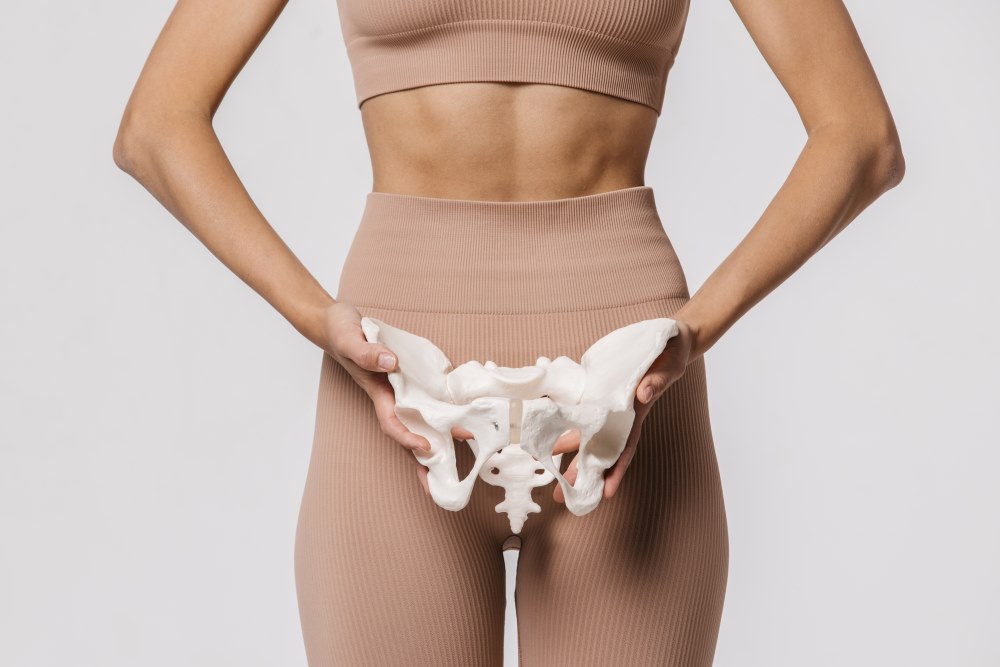How Vaginal Loosening Contributes to Pelvic Organ Prolapse

Pelvic organ prolapse is an issue that has afflicted a good number of women globally but one that tends to be silent. It occurs when the muscles that support the pelvic floor are weakened to the extent that one or more pelvic organs such as the bladder, the uterus, or the rectum protrude into the vaginal canal or protrude through the vagina. Vaginal looseness is an essential cause of prolapse. If women are aware of how this looseness causes prolapse, then measures can be taken to maintain the pelvic region healthy to avoid issues. Vaginal loosening, or vaginal weakening, can be addressed early on in order to both prevent or properly treat this condition. One such way to change the course of vaginal weakening is a procedure known as a vaginoplasty.
Understanding Vaginal Weakening
Vaginal loosening, or vaginal laxity, is a thinning and weakening of the vaginal walls. Vaginal laxity may occur due to various causes such as childbirth, age, hormonal shifts, and issues with the supporting tissue. Vaginal laxity is not an emergency situation but can be uncomfortable, decrease sexual satisfaction, and most significantly, cause the muscles within the pelvic floor to weaken, resulting in prolapse.
Reasons for Vaginal Weakening
Vaginal loosening has several causes, and can be a combination of several. Some of these causes include the following:
Childbirth
One of the primary causes of vaginal looseness is vaginal birth. As the vaginal walls and muscles of the pelvic floor stretch extensively during birth to deliver the baby. Although the muscles and the tissues can recover afterward, the greater the number of childbirths, the longer the labor, the larger the babies are, the more permanent the weakness.
Aging and Menopause
With age, the body produces less estrogen. Estrogen is a hormone that keeps vaginal tissue strong and flexible. During the beginning of menopause, the production of estrogen decreases further, thinning the vaginal walls and making them weak.
Hormones
Hormonal changes that are not pregnancy-related nor menopause-related but pregnancy-related, breastfeeding-related, or medical treatment-related can lead to vaginal looseness. Such changes weaken the manufacturing process of collagen and cause the muscles to relax.
Chronic Strain
The vagina’s support system can weaken over time because of issues that cause the pelvic floor to bear weight, such as being overweight, having long-standing constipation, lifting heavy objects, and having a forceful cough.
Genetic Predisposition
Certain women are born with weak connective tissues. This can lead to vaginal looseness and prolapse of the pelvic organs.
How Do Weak Vaginal Muscles Cause Pelvic Organ Prolapse?
Vaginal laxity worsens pelvic organ prolapse because the muscles and vaginal walls are weakened. If the structures are weak, the vaginal walls and muscles cannot support the force of gravity or the pressure from the belly. This makes the organs shift downward and causes prolapse.
How to Prevent Pelvic Organ Prolapse
Pelvic Floor Muscle Training (Kegels)
Regular Kegel exercises strengthen the muscles that support the pelvic organs. This decreases the likelihood of vaginal laxness and prolapse. The exercises are done by tightening the muscles of the pelvic floor and then letting them go, such as halting the urine flow during urination.
Healthy Weight
Maintaining a healthy weight will prevent excessive pressure on the pelvic floor. This will decrease the pressure that causes vaginal loosening and prolapse.
Hormone Replacement Therapy
Vaginal tissue can be made more elastic and robust using estrogen therapy for women undergoing the menopause. But the risks and advantages of using HRT need to be discussed with a healthcare professional.
Proper Lifting
Avoiding heavy lifting or using appropriate techniques (such as engaging the core muscles) will decrease the load on the pelvic floor.
Diet and Lifestyle Modification
Increasing fiber consumption and water drinking will prevent constipation. This will prevent straining during the bowel movement, which weakens the vaginal supporting structures.
Medical Intervention
If the vagina is loose or prolapsed, vaginal rejuvenation (such as radiofrequency therapy or laser therapy) can be done by doctors or surgery like pelvic surgery or vaginal mesh surgery.
Vaginal loosening occurs naturally through childbirth, age, hormonal changes, and lifestyle. Even though it may seem frightening, there are steps that can be taken to reduce the amount of loosening, or even change the course if it does occur.
If you would like to learn more about how vaginal loosening and how it can be rectified, call the office of Dr. Ghozland today at 310-393-9359 and we will be happy to schedule you for a consultation!
